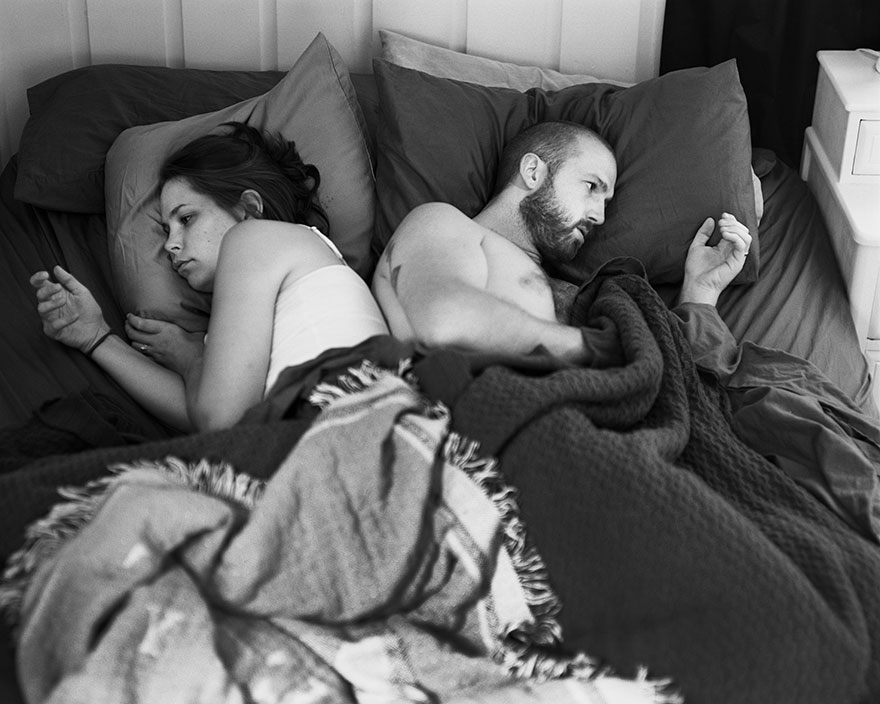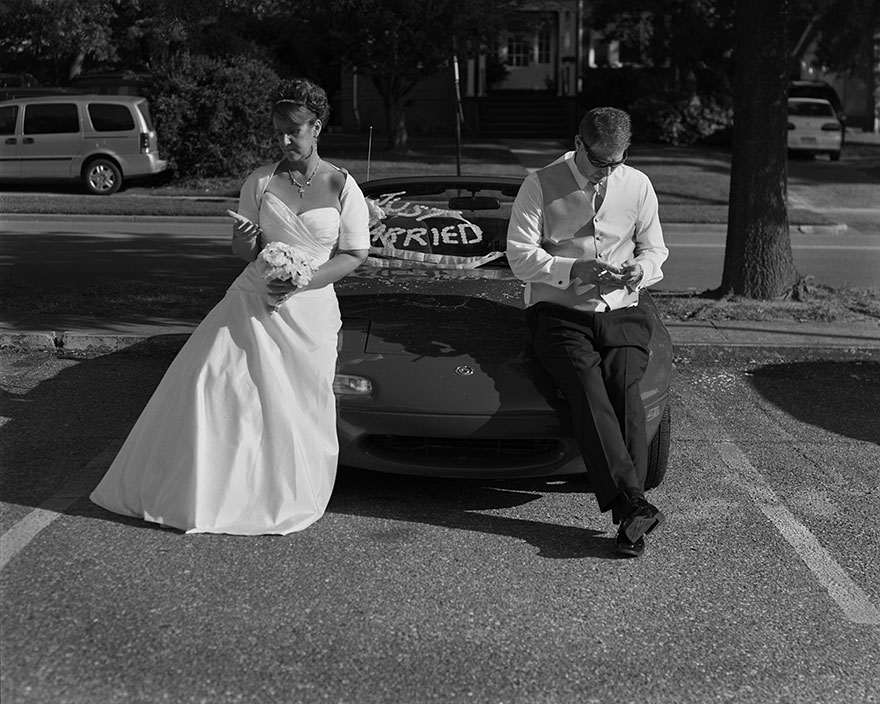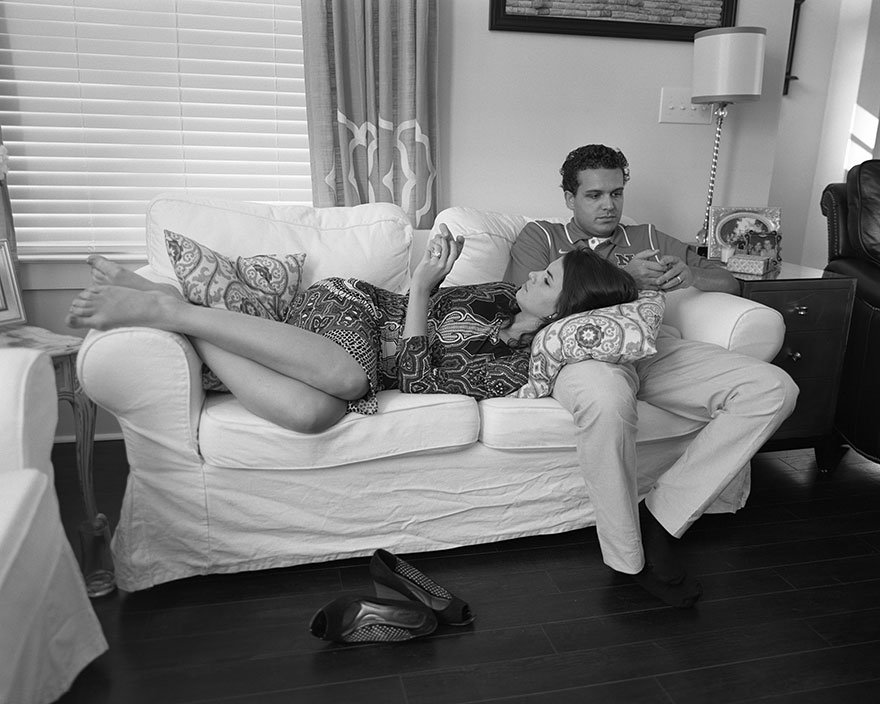After studying two artists which both focus on producing documentary images revolving around the theme of family, in particular, parents, I have realised that documentary photography is a great means of showing the lives of people as if you are a fly on the wall observing their every move. Documentary photography can also be a way of degrading the lives of ordinary people by capturing the often monotonous and repetitive routine thru go through, which is evident in Richard Billingham’s work on his parents who live in a council flat. However, in a way, documentary imagery can be a way of romanticizing the events which occur in the shots because if you look deeper into the photo’s context, the photographer could be representing the subject as privileged, like in Sultan’s work on his family.
Idea #1
Furthermore, it is so easy to document events yourself to produce a visual catalogue of different stories. We document things which are so simple on a day-today basis, using smart phones and tablets. We may not realise it but when we take out our phone to record a video or tale a picture of a moment in time, you are then recording that particular moment in order for it to have meaning and a special purpose when you look back at it. The endless photos you take which are stored on your phone in it’s own gallery is an example of a personal archive. Technology as simple as smart phones makes saving memories much more easier and it is hard to argue why this is a negative. However, people can begin to over use their technology and often abuse it’s purpose and you can end up not living in the moment which is what is most special but I believe there is something very satisfying about looking back at old memories, whether it be from two weeks ago, a few months ago or ten years ago. I have briefly covered this because I feel it is an important and relevant issue for us as consumers of media to understand and that to produce visual documents is as easy as snapping a perhaps blurred picture without much thought gone into the composition. I wish to incorporate this concept into my personal study at some point because I feel it could tell a very powerful story about the positives of technology but about how destructive it can be to out society and the ability to socialise traditionally. We can become so addicted to our phones. I came across a photographer who addresses this issue by photographing real-life situations of people of their phones, however, with the phones removed form the shots to show how addicted we’ve become.
American photographer Eric Pickersgill removed the smartphones and digital devices from his portraits of everyday life. The project “Removed” aims to show our addiction to technology and hyper-connectivity, and Pickersgill claims that he’s also amongst the addicted, and I too, can admit this.
The project was inspired by some observations the photographer made in a New York City cafe one morning:
“Family sitting next to me at Illium café in Troy, NY is so disconnected from one another. Not much talking. Father and two daughters have their own phones out. Mom doesn’t have one or chooses to leave it put away. She stares out the window, sad and alone in the company of her closest family. Dad looks up every so often to announce some obscure piece of info he found online.”
He achieved the surreal effect in his photos by asking strangers and friends to remain in position, removing their cellphones, and then taking the shot. Here are some of the shots from his series:




The concept is very simple yet the context is very complex and I feel like it is a great series of images with powerful meaning behind it. This series by Pickersgill is a form of documentary photography and it addresses a very relative subject to our modern day with he ever-growing proliferation of technology and the need to be up to date with all the current affairs, whether it be news, fashion, music, celebrity gossip or to chat with your friends – we are always on our phones and the images above are a very clever way of showing this. You can see that mot much has gone into the editing or actual composition and framing of the photo because most of the quality lies in the context and concept.
In terms of my environmental documentary photoshoot, I feel it would be a good experiment to do a photoshoot similar to this using the people in my house when glued to their phones, smart watches, the TV, laptops or games consoles. I will aim to remove these items or I may photograph the person with the object also in the frame to reduce it to its most simplest form.
Idea #2
My second idea for a photoshoot to complete this week is also based in my home and it will focus on one particular occupant of the home – the one person who is in the house the most – my mum. I have an idea to photograph my mum in each room of the house, or at least the ones she uses most often to create a nice little series of images.
When I was given the task to produce a photoshoot based around the theme of documentary and environmental, and after looking at the works of Larry Sultan and Richard Billingham, I began thinking of different themes and different styles of photoshoot I could look into and began thinking about what I could produce relating to the themes family as well as environment and the relationship people have to different locations. I decided that a could starting point for me to develop my understanding of documentary photography would be to concentrate on my mum and her everyday routine in the house but stage each shot as though it was setup, almost like a tableux image. I would achieve this effect through the subject looking into the camera and I would not attempt to capture her when she is not expecting it, I would look more at the effect I can achieve if I ask my um to pose in a particular way or position her body in particular when doing different tasks around the house, such as hoovering, cooking, using her sewing machine or washing the dishes etc. I would like for the style to be quite serious to get the message across that she is taking pride in her home in the way she looks at the camera. I would edit the images and put a heavy focus on contrast and making the shadows pop out the photo.
A photographer who focus much more on tableaux photography is American artist Gregory Crewdson. He achieves a captivating look through the colour palettes and the locations he chooses which contribute to the overall feel of the image. They have very vintage looks to them due to the props used when photographing in houses and the scenes are very memorable. His photographs can be recognized very easily.
His series, Cathedral Of Pines was critically acclaimed for it’s tremendous efforts to achieve something very different. It took two and a half years to shoot and, typically for Crewdson, required the kind of preparation that usually attends a Hollywood film: months of casting, location hunting and storyboarding, with an extensive crew to oversee lighting, props, wardrobe, makeup and even some special effects involving artificial smoke and mist, as The Guardian Online writes.



This is only for me to look at to understand the style and look I intend to achieve if I was to do a shoot like the one I have just mentioned and it would definitely not be as professional slick-looking due to the limited time and budget I have! However, I love the work of Gregory Crewdson and think it is amazing how you can capture something so enthralling through an image.
